Dateline – January 21, 2021 – Denton County, Texas
On a cool but sunny January morning, while out on a hike for other things, I happened across a board of some bearing lying on the ground in my path. Now, I’m not ordinarily the type to flip over things that I find on my walkabouts, but there was something about this particular configuration that had attracted my attention and inspired my curiosity. Using just my finger tips, I lifted the board up carefully, and discovered underneath an interesting find.
The Ground here is uneven—made up of small mounds and shallow pits randomly scattered decades ago by dump trucks unloading their cargo. The particular bit of lumber that had caught my eye was just one piece in the sizable collection of leftover construction material that littered this part of the forest. Some—like this board—were resting on the surface. Others had been recovered and stacked by earlier explorers (kids). Most were buried, or mostly buried, below the fill dirt.
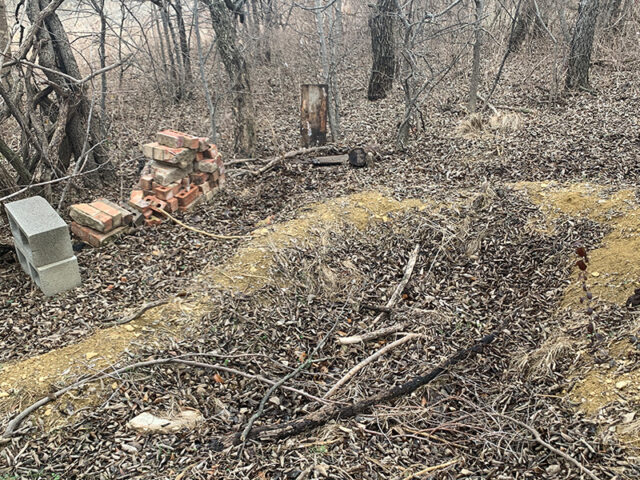
a meeting place by kids from the nearby neighborhoods
Many years before the forest and the construction, this exact spot was situated under a small man-made lake located in the middle of a vast ranchland complex. The lake was created by damming a small intermittent creek which flowed seasonally across the landscape. Much has changed in the interim.
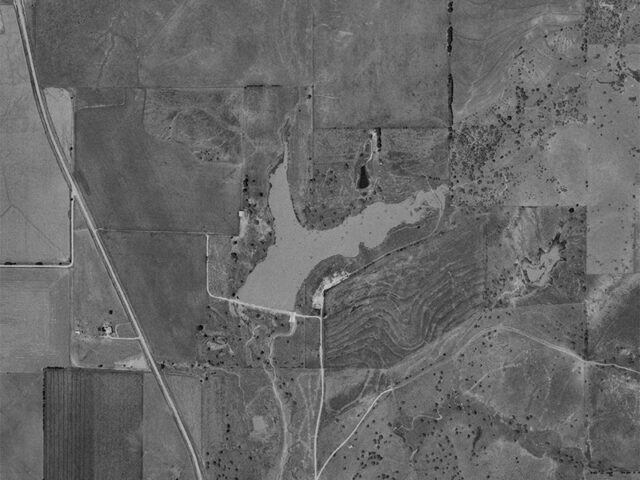
Today this reduced little patch of North Texas wilderness is surrounded on all sides by suburban development. In the years since the construction completed an entire forest has grown up on the rolling ground. Its annual leaf-drop creating a nice peat of moisture conserving leaves and other detritus on the forest floor.
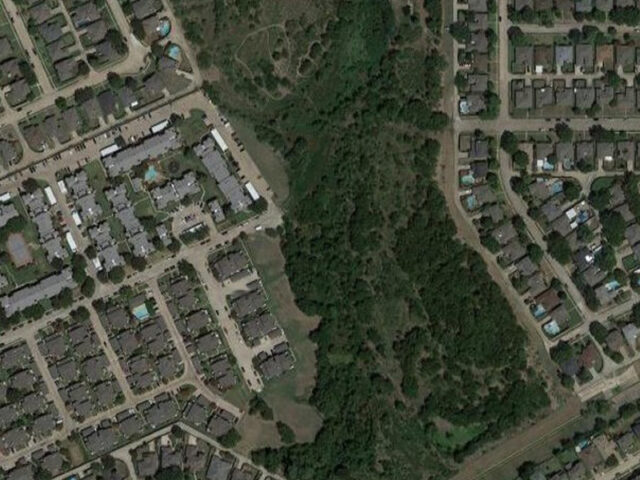
The low spots between fill dirt mounds hold water now, sometimes for extended periods of time under the shade of the trees. Altogether, the aggregate is a habitat particularly suitable for Mole Salamanders—in this case Ambystoma texanus, the Small-mouth Salamander.
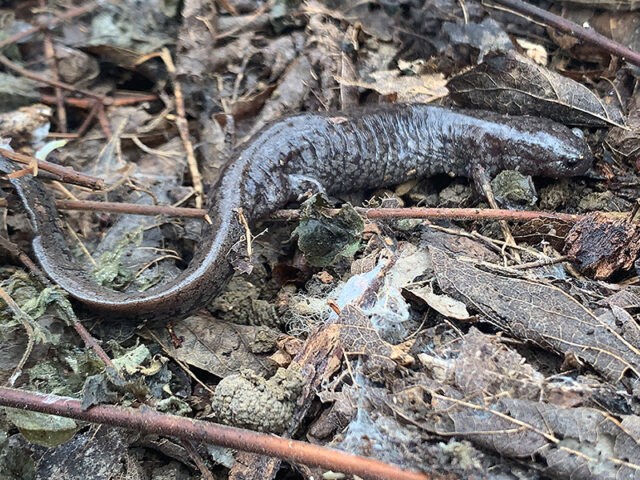
These salamanders live most of their lives underground. Occasionally, cool winter rains can bring them to the surface as mating season approaches. Here is how Wikipedia describes the behavior of the Small-mouth Salamander…
Small-mouth salamanders are nocturnal, often subterranean, preferring moist habitats near permanent bodies of water. Breeding occurs in the spring, with groups of salamanders congregating near the water. Females can lay up to 700 eggs, which they attach in small clumps of up to 30 eggs at a time, to rocks or vegetation under the water. Their diets include insects, slugs, and earthworms. Larvae hatch at 0.5 in (13 mm); they metamorphose in May to June at about 1.6 in (40 mm). When disturbed, the small-mouth salamander raises its tail and waves it back and forth. Being shy and sensitive, it shares breeding pools with larger spotted salamanders and marbled salamanders.
The vernal pools that form in the divots of this pockmarked landscape are well suited to the Small-mouth Salamander’s reproductive needs. In particular, they are nutrient rich, long-lasting, and fish free. All things that work in the salamanders favor… A salamander oasis in a vast suburban desert.
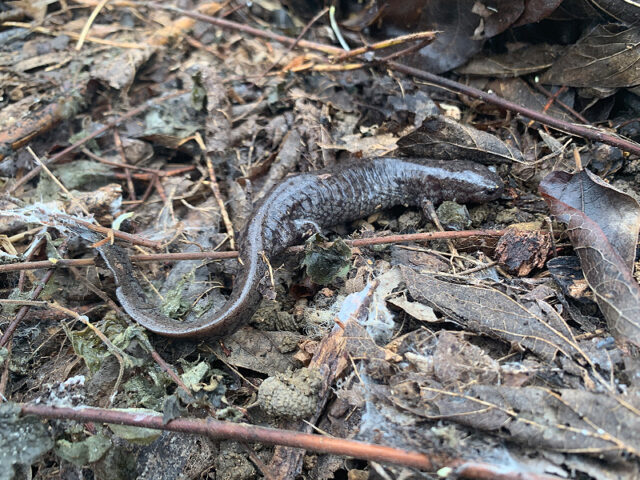
In all my years of searching out urban wildlife in North Texas, this is the first time I have stumbled across this species of amphibian. How wonderful is it that after all this time—nearly 50 years—there are still new discoveries to be made!


Very cool, Chris!
I found them near a neighborhood pond on Teasley over 15 years ago when I was a kid.